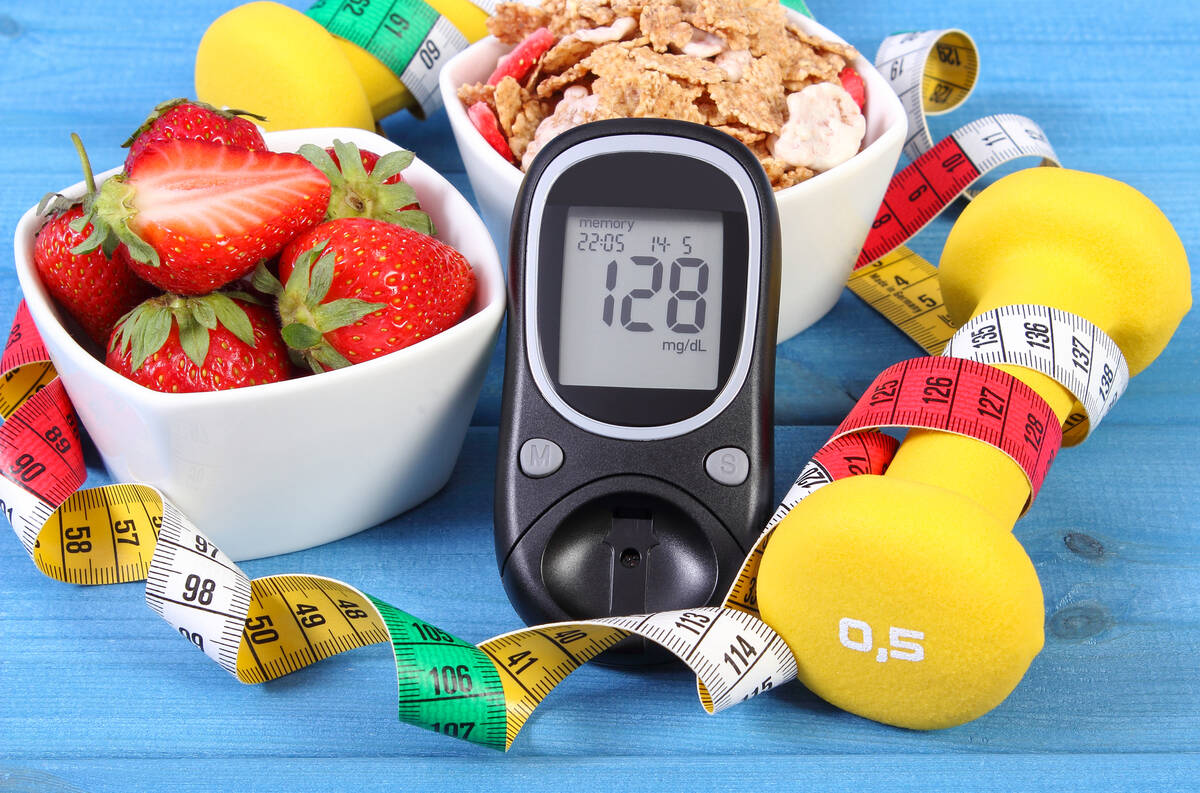8 facts about diabetes that might surprise you
One in eight American adults (about 29 million) have Type 2 diabetes, a condition in which the body doesn’t use insulin properly or make enough of it, causing blood glucose levels to climb. The older you get, the greater your risk.
The American Diabetes Association estimates that people with diabetes spend 2.3 times more on medical expenses than people without the disease — all the more reason to take prevention seriously or, if you’ve been diagnosed, to manage it as best you can.
For National Diabetes Awareness Month, here are eight facts about the disease that you might not know.
1. Sugary foods and drinks don’t cause diabetes
But that doesn’t mean you can consume endless amounts of Ben & Jerry’s. When you overdo the sweet stuff, you’re taking in extra calories, says registered dietitian nutritionist Sacha Uelmen, director of nutrition at the ADA. And that packs on the pounds, upping your risk for Type 2 diabetes.
2. You could have prediabetes and not know it
One in three Americans over age 20 — a staggering 86 million — have blood glucose (sugar) levels hovering just below the Type 2 diabetes threshold (fasting glucose level of 100-125 mg/dL). Prediabetes isn’t harmless: It may damage blood vessels and cause nerve problems, says Dr. William Cefalu, chief scientific, medical and mission officer for the ADA. To learn if you should be checked for prediabetes, take the ADA risk test at doihaveprediabetes.org.
3. You can prevent or delay its onset
If you have prediabetes, you can help reverse the disease by losing 7 percent of your body weight. For starters, eat healthfully and get at least 150 minutes per week of moderate-intensity physical activity, such as brisk walking. You don’t have to do it alone. The ADA’s lifestyle change program, the National Diabetes Prevention Program, is now a covered one-time benefit for Medicare beneficiaries who meet certain criteria. Ask your health care provider for details.
4. Even older people can develop Type 1 diabetes
Though it’s dubbed juvenile diabetes because it typically affects children and young adults, Type 1 doesn’t discriminate based on age. A recent study found that 4 percent of 31- to 60-year-olds diagnosed with Type 2 diabetes actually had Type 1. Because it’s more rare in the over-30 set and because Type 2 is so common, doctors sometimes overlook Type 1. Some red flags indicating an older person with Type 2 may have Type 1: Normal weight and a lack of response to Type 2 medications.
5. It really hurts your heart
People with diabetes are two to four times more likely to develop cardiovascular disease than people without diabetes, says Cefalu. But a recent study in the New England Journal of Medicine reported that if you stop smoking and take steps to lower your blood pressure, hemoglobin A1c (a blood pigment that glucose attaches to), LDL cholesterol and albuminuria (a marker for kidney damage), you can erase the excess risk.
6. It can raise your risk for gum disease
Type 1 and Type 2 up the risk for cavities, thrush, dry mouth and periodontitis, says diabetologist Jay Shubrook, director of diabetes services at Touro University in Vallejo, California.
7. The dreaded finger stick may become a thing of the past
According to the FDA, two new continuous glucose monitoring devices (CGMs) — the Dexcom G6 and the FreeStyle Libre — are “accurate enough to make insulin dosing decisions without the need for a finger stick,” says endocrinologist Aaron Neinstein, director of clinical informatics at the University of California, San Francisco Center for Digital Health Innovation. The latest CGMs are also compatible with smart devices, allowing you to check glucose levels quickly. The Dexcom G6 even sounds an alarm if levels drop, so you can enjoy worry-free sleep.
8. It’s bad for bones
In people with diabetes, hormones and cell products called cytokines can weaken bones, raising fracture risk, says Dr. Felicia Cosman, professor of medicine at Columbia University. Also, conditions associated with diabetes, such as neuropathy, vision problems and low blood sugar, increase the risk of falling and breaking a bone. If you have diabetes, ask your doctor if you need a bone density test, a good idea if you’re over 50 or you’ve broken a bone, says Cosman, editor-in-chief of the journal Osteoporosis International.


















